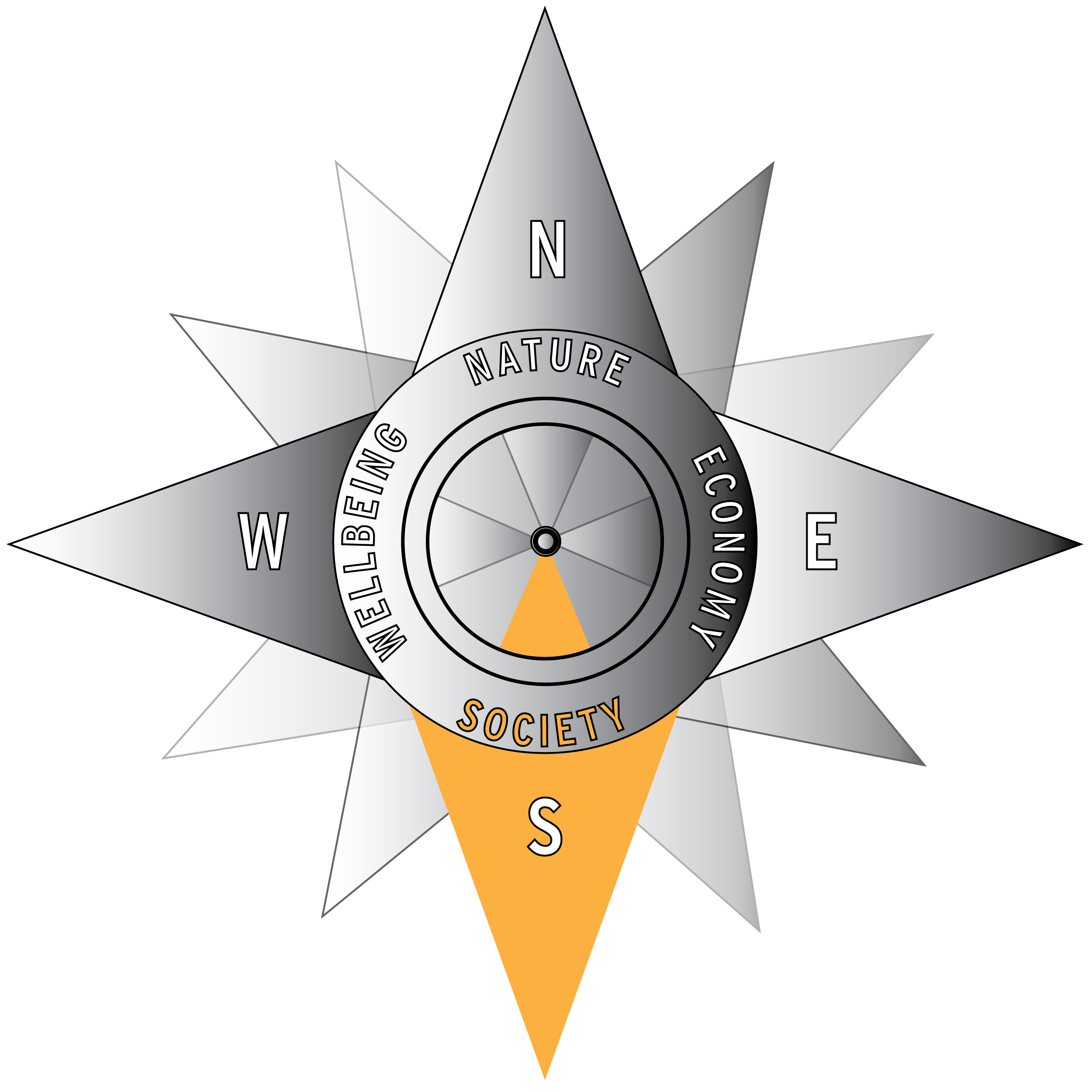“We must encourage those still struggling to keep moving forward. My fellow students and I talk about creating a new kind of Africa, a place of leaders instead of victims, a home of innovation rather than charity. I hope this story finds its way to our brothers and sisters out there who are trying to elevate their poor situation. I want them to know they’re not alone. By working together, we can help remove this burden of bad luck from their backs, just as I did, and use it to build a better future.”
William Kamkwamba, The Boy Who Harnessed the Wind
The opening quote, from this year’s common book, The Boy Who Harnessed the Wind, implicitly gets at the purpose of society: to create infrastructure, relationships, and conditions where everyone can thrive. And the book itself is a powerful testament to the remarkable things people working together in communities can accomplish “to build a better future.”
William Kamkwamba’s motivation, and the motivation of those who helped him in his efforts to tap wind power to generate electricity, was to provide better living conditions for his family and others in the community. Healthy societies strive to provide such things as higher quality of life, equal opportunity, access to education and healthcare, upward mobility, sufficient wages to meet human needs, clean air and water, and shared resources for the betterment of all their citizens.
And healthy societies never stop working to make things better. If segregation and prejudice exist they take steps to end these evils and ensure civil rights for everyone. If public schools are weak or facing shortages, they invest in upgrading these important community assets. If some people are hungry, they make sure everyone is fed. If precious natural resources are being wasted or degraded, they put policies and programs in place to conserve, restore, and protect them. If longstanding ways of doing things no longer work, they innovate and change.
When I set out to articulate the characteristics of a sustainable society for this column, I referred to some of my favorite books for inspiration and guidance, including Ray Anderson’s Business Lessons of a Radical Industrialist. There I was delighted to rediscover that Ray has already described many conditions of a sustainable society.
In a chapter entitled “Every Reason for Hope” Ray describes a new paradigm, a new way of seeing and acting in the world to create a sustainable society. He writes:
“Here are the pieces that must come together. Please pay attention to them, for they represent the way out of the trap we have so artfully built for ourselves.
- A sustainable society, into the indefinite future, will accept and honor the fragile finiteness of earth.
- A sustainable society will adopt the truly long view and put humans in their proper relationship with and within nature.
- A sustainable society will build on the ascendancy of women in business, the professions, government, and education.
- In a sustainable society, technologies will… be renewable, cyclical, solar-driven, waste-free, benign, and focused on resource-productivity.
- A sustainable society will insist on ecologically honest prices that will enable a sighted market to work for sustainability rather than against sustainability.
- A sustainable society will respect nature’s limits and draw inspiration from them for innovative ways to conserve resources and simultaneously address poverty.
- A sustainable society will seek higher levels of awareness and transcendent meaning in life – more true happiness with less stuff.
- A sustainable society will realize that done right, the triple bottom line of corporate social responsibility – economy, environment, social equity – can come together under the banner of authenticity to create a truly superior, totally ethical, financial bottom line – a better way to bigger and more legitimate profits, a better business model.
- A sustainable society will develop a system of economics that gets the prices right ecologically and economically by internalizing the externalities, and thus lovingly protects the parent, nature – the goose that lays all the golden eggs.”
What do you think of Ray’s list? Are there other things that should be included?
Achieving a sustainable society is a big task. Even so, both Ray Anderson and William Kamkwamba, speaking from their own experiences, are confident that such significant transformations are within reach. Their stories of remarkable success validate their faith.
Their experiences were very similar, and they can serve to guide us as we strive for transformational change in our communities. Both Ray and William had a big vision of a compelling future that did not yet exist; neither had any idea how they were going to achieve their vision when they started; both were amazingly resilient, creative, persistent, and active in taking steps to bring their visions to reality; they engaged others who added their ideas, resources, and commitment to the effort; and in the end both achieved things they never dreamed of.
Societies around the world, including our own, are far from perfect. Moving them in the right direction requires knowing what we want to achieve, having a clear vision of what a prosperous, flourishing society looks like. And it requires stepping out and stepping up to make the changes necessary to take us where we want to go. It requires confronting the status quo and the resistance to change that protects the status quo.
Taking action in bold new directions to improve society involves risk. At times both Ray and William were unsure of what they were doing, but they kept their vision in mind and kept moving forward. They were willing to take risks and embrace the uncertainty and ambiguity that accompany risk.
The ability to dream of a better world, take steps toward that vision, and embrace the risks that travel with us on that journey, are what it takes to create a sustainable society. I recently watched a speech by John F. Kennedy where he eloquently makes this point:
“There are risks and costs to a program of action, but they are far less than the long range risks and costs of inaction. George Bernard Shaw summed up an approach to life: ‘Other people see things and say why, but I dream things that never were and I say why not.’ The problems of the world cannot possibly be solved by skeptics or cynics whose horizons are limited by the obvious realities. We need men (and women) who can dream of things that never were and ask why not.”
William Kamkwamba, Ray Anderson, and many others have ‘dreamed of things that never were and asked why not’ and the world is so much the better for it. The change-bringing path toward a sustainable society is marked by risk, but more so by tremendous possibilities and opportunities.
Based on our experiences working with a broad spectrum of people in the Auburn University community, we are convinced this place is full of people whose horizons of thought soar well beyond the limits of “obvious realities” when contemplating what is desirable and possible.
Over the next few months, the Office of Sustainability will begin facilitating conversations about the future, what Auburn University might look like and achieve in service to creating a sustainable world. We hope you will join us for these conversations.





